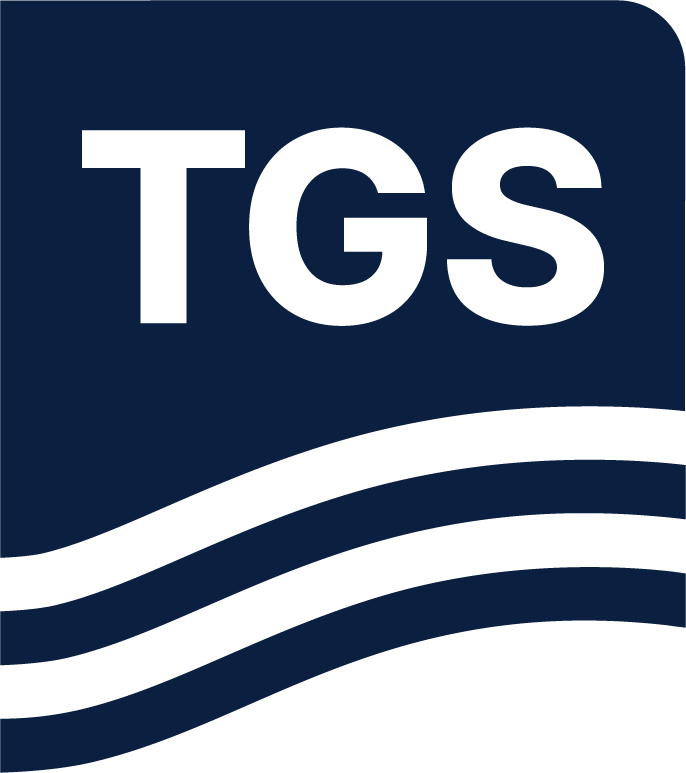Iterative data-domain least-squares migration can overcome acquisition limitations and recover the reflectivity for desired amplitudes and resolutions. However, migration noise due to velocity errors and multiple scattering energy related to strong contrasts in the velocity model can be erroneously enhanced as well. In this complex case, it needs many extra iterations to achieve the final desired image. Regularization or preconditioning can be applied at each least-squares iteration to suppress migration artifacts, speed up convergency and improve inversion efficiency. However, in sedimentary layers, without proper fault constraints, it cannot preserve the real geological features in the image. In this work, we propose to use convolutional neural networks (CNNs) to automatically detect faults on the migration image first, and then to use the picked fault information as an additional constraint for preconditioning during leastsquares migration. With proper training, our 3D predictive model can learn to detect true fault features and avoid erroneous picks of swing noise on the validation dataset. An offshore Brazil field data example in the Santos Basin demonstrates that our final least-squares migration images show enhanced fault structure, minimized migration artifacts, significantly increased image bandwidth and improved illumination after only a few iterations.
Technical Library

